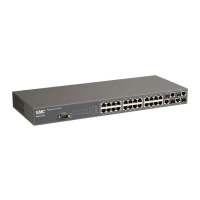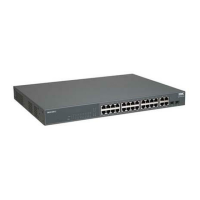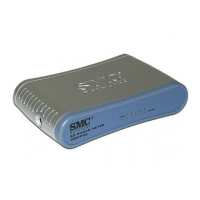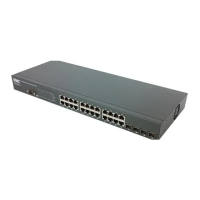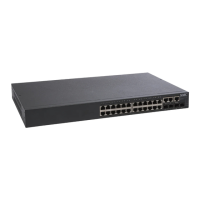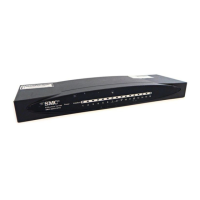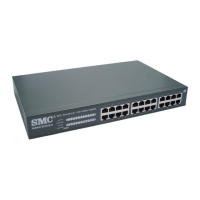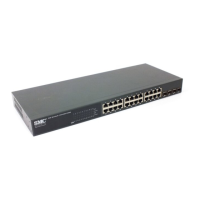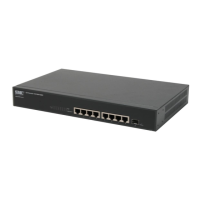IP R
OUTING
17-26
Web - Click IP, Statistics, TCP.
Figure 17-11 TCP Statistics
CLI - See the example on page 17-17.
Configuring Static Routes
This router can dynamically configure routes to other network segments
using dynamic routing protocols (i.e., RIP). However, you can also
manually enter static routes in the routing table. Static routes may be
required to access network segments where dynamic routing is not
supported, or can be set to force the use of a specific route to a subnet,
rather than using dynamic routing. Static routes do not automatically
change in response to changes in network topology, so you should only
configure a small number of stable routes to ensure network accessibility.
Command Attributes
• Interface – Index number of the IP interface.
• IP Address – IP address of the destination network, subnetwork, or
host.
• Netmask – Network mask for the associated IP subnet. This mask
identifies the host address bits used for routing to specific subnets.
• Gateway – IP address of the gateway used for this route.
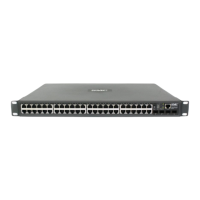
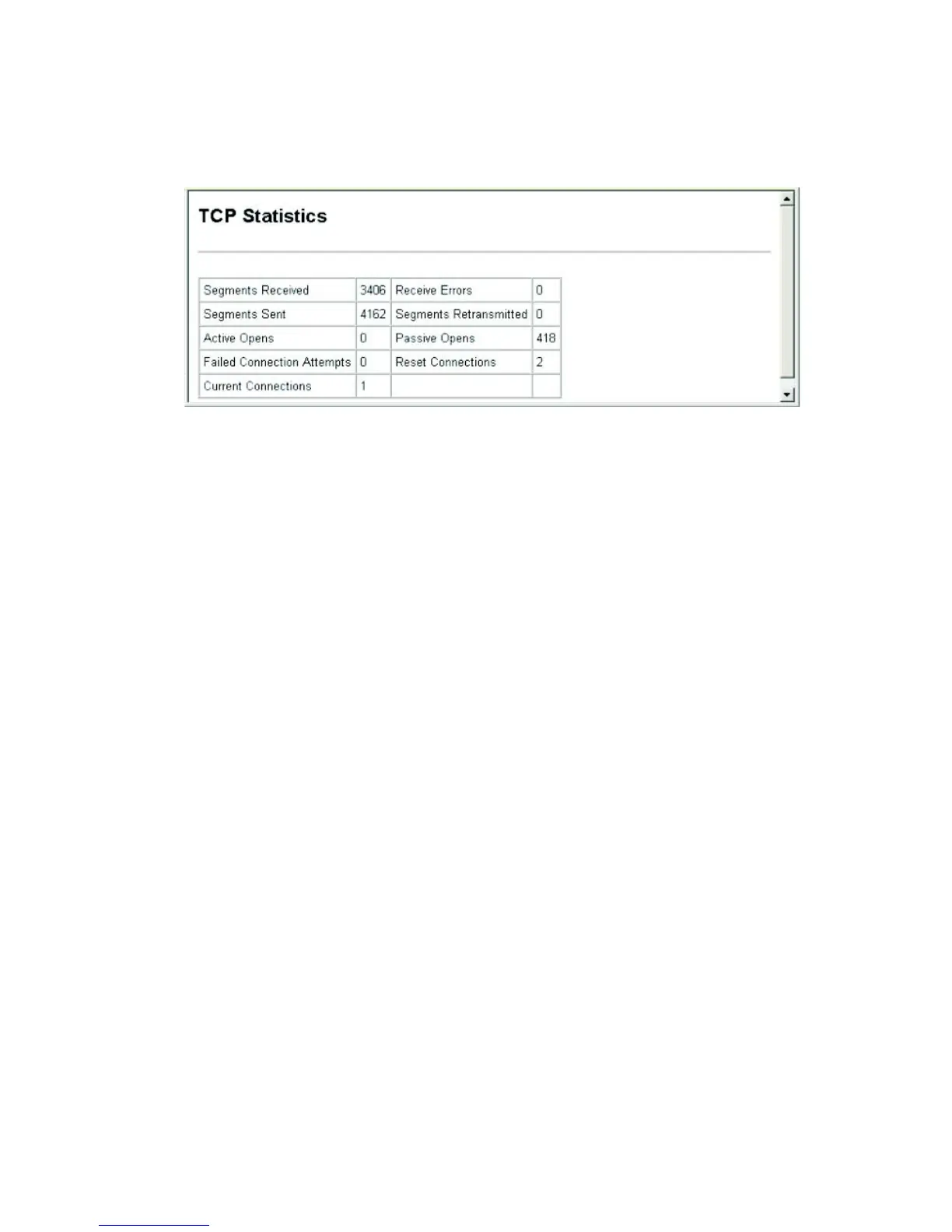